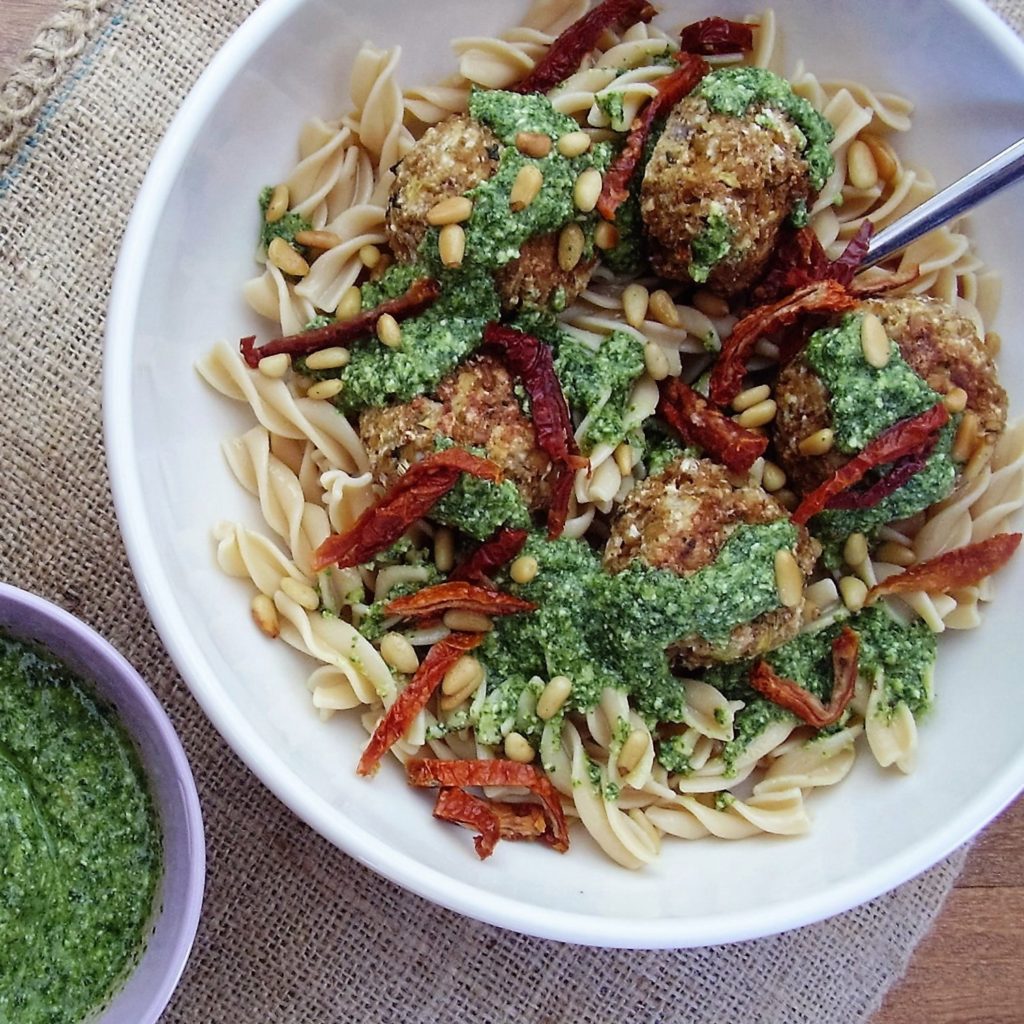Today’s hottest health foods are everywhere—think about the last time you sat down at a restaurant and didn’t see kale somewhere on the menu—but just a few years ago it would have been hard to imagine people lining up for the crunchy green roughage. What’s responsible for the shift? It’s not that trendy superfoods like quinoa and cauliflower were anything new when they exploded onto the food scene in recent years, but perhaps it took the right alchemy of popular taste, inventive preparations by notable chefs, and social media stardom to ensure these foods had their avocado toast moments.
Curious to know what nutritious foods people will be going nuts for next? Chances are they’re already in your supermarket, you just haven’t discovered them yet. I asked my nutrition pro colleagues to weigh in on the items you are bound to be seeing (and eating) a lot more of soon.
Puffed Amaranth
Amaranth is an ancient grain that’s been around forever, but not many people know you can “pop” it like popcorn in a covered pan over medium-high to high heat. Amaranth packs a hefty dose of protein and fiber, in addition to calcium phosphorus, potassium, and magnesium. And, it’s the only whole grain known to contain vitamin C. You can eat it plain, top it like a cereal with yogurt, or use it to make your own granola or dark chocolate bark!”
—Elizabeth Ann Shaw, MS, RDN, CLT of Shaw’s Simple Swaps
Jackfruit
This tropical fruit is native to Southeast Asia but it’s also commonly grown in parts of Africa and South America. In the U.S. it’s typically sold canned or vacuum-packed, though the fruit may also be found whole in ethnic grocery stores. It has a subtly sweet flavor but mainly picks up on the flavors of whatever you cook it with, and because of its taste and texture the fruit is best known as an all-natural meat substitute for pulled chicken or pork dishes, like barbecue sandwiches. Jackfruit is a good source of iron, calcium, and B vitamins, and using it as a replacement for meat helps you cut calories and saturated fat from your diet. However, it should be noted that jackfruit has a much lower protein content compared to meat, at 2.8 grams per serving versus around 21 grams, as well as 31 grams of sugar per cup, sliced.
—Diana Rice, RD, staff dietitian and recipe editor for Meatless Monday
Sorghum
This is the year sorghum will take off. The nutrient-rich ancient grain is grown in the U.S. and is known for being sustainable as it requires less water than other grains to grow, plus it’s gluten-free. Sorghum is a good source of protein, fiber, B vitamins, and potassium, and it’s extremely versatile: you can cook it like a whole grain, use it as a flour, pop it, and even use it as a sweetener (when boiled down). Try it as a substitute in recipes for brown rice or quinoa.
—Sharon Palmer, RDN, The Plant-Powered Dietitian, author of Plant-Powered for Life
Freekeh
Freekeh is a young green wheat that has a just-right chewiness and an intriguing, slightly smoky flavor. Although somewhat new to American cuisine, this ancient whole grain has historically played a role in Middle Eastern diets. Freekeh is nutrient-rich, packed with both protein and fiber, and works as a prebiotic to boost good bacteria in the gut. You can find it at natural food stores, like Whole Foods Market, and you can serve it as you would generally eat rice, quinoa, or bulgur wheat. One inventive way to prepare freekeh is shown in this recipe for vegetarian Italian freekeh “meatballs.”
—Jackie Newgent, RDN, culinary nutritionist and author of The All-Natural Diabetes Cookbook
Jicama
Jicama looks like a big, bulbous brown root vegetable, but inside the tan skin is a crunchy, creamy, juicy white flesh. Jicama is grown in California and Mexico in the fall months, and it contains about 40 percent of the calories and carbs of a potato, yet it’s rich in filling fiber. It’s a prebiotic, which helps stimulate the growth of ‘good’ bacteria in the gut, and jicama also contains potassium, a nutrient 97 percent of us don’t get enough of, as well as vitamin C. Jicama “chips” are on the rise as the next kale chip, as are jicama fries. Jicama can also be eaten raw in a salad or by itself (it’s sweet like an apple) or she turns jicama sticks into fries as a super side dish.
—Lindsey Pine MS, RDN, CSSD, CLT, owner of Tastybalancenutrition.com
—Natalie Rizzo, MS, RD of Nutrition à la Natalie













Comments (0)